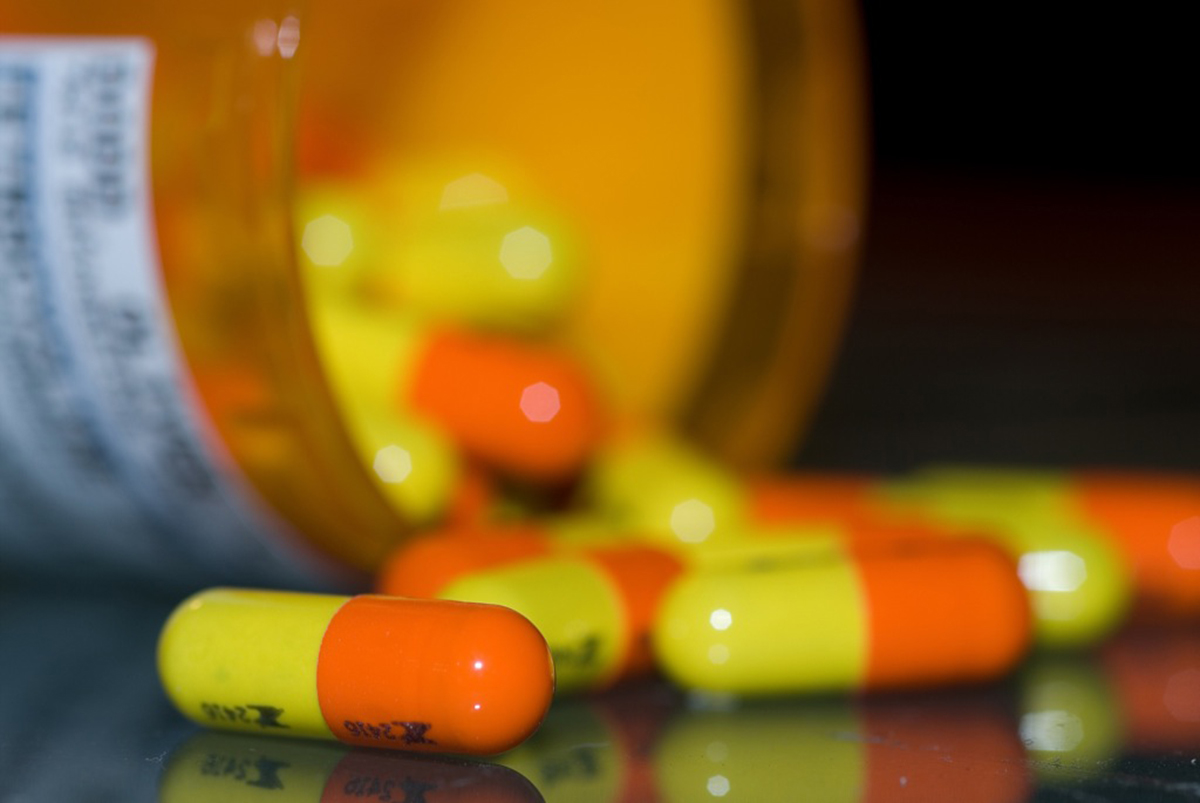Table of Contents
Every year, half a million people in the United States and another half a million people in Europe have procedures with a $40,000 device called an endoscopic retrograde cholangiopancreatography duodenoscope. The purpose of this device with the impossibly long name is to locate tumors, gallstones, and other digestive obstructions in a minimally invasive way. It's passed through your mouth, your throat, and your stomach, to your duodenum, the first part of your small intestine.
As a "scope" it can be used to take a look at the small intestine or the vessels that drain into it. Both the liver and the pancreas excrete digestive juices into the small intestine. Your liver makes bile to dissolve cholesterol and fat. Bile passes is released by the gallbladder through the bile duct into the Ampulla of Vater into this part of your intestines. Your pancreas releases insulin into general circulation, but it makes digestive juices that also travel into the small intestine. These juices pass through the pancreatic duct also into the Ampulla of Vater and into your small intestine. These passages can be blocked by gallstones, by tumors, and by other conditions, which can repaired at the same time the surgeon is taking a look at the problem.

The device is "retrograde" so it can back up into the ducts through an elevator mechanism to remove obstructions, in addition to providing the doctor with images of the inside of your intestine. The advantage of having a retrograde scope is that the doctor doesn't have to do one procedure to look at your ducts and then another to repair them. The same scope can be used for both examination and repair in the same session. Of course, if all this is a too much to take in, just thing of an endoscopic retrograde cholangiopancreatography duodenoscope as a device that does something like a colonoscopy, only through your mouth.
Although duodenoscopy is not exactly a pleasant procedure, it doesn't require general anesthesia or a deep incision through layers of tissue. The patient is taking to a lab, given a sedative and a pain killer, and the procedure is over in an hour or so. It's not completely painless, but the recovery time is relatively quick, just a day or two, that is, assuming there are no complications.
Compared to other endoscopic procedures, endoscopic retrograde cholangiopancreatography duodenoscopy carries a higher risk of bleeding or organ injury. The bigger problem is that in even more cases,as previously mentioned, the procedure is associated with potentially dangerous infections. What can ordinary patients do?
- First of all, don't put off the procedure because you are afraid of superbugs, but if you are able, don't hesitate to ask your doctor questions about what the hospital does to make sure it is safe.
- Secondly, if you develop a fever, contact your doctor immediately, but don't panic. Don't go to an emergency room unless you have to. You don't want to spread the infection, and you don't want to pick up yet another infection in the ER. You may need to have your primary care provider admit you directly to the hospital.
- Realize that your initial treatment will be with broad-spectrum antibiotics. This is because it takes 72 hours for cultures to grow so that the lab can tell which germs are causing your infection. Your doctor will want to cover all the possibilities while waiting for lab results that allow taking you off some of the antibiotics.
- When you are discharged, take all the antibiotics you are prescribed. You don't want a flare up of the infection, which is possible even you aren't exposed to it a second time.
READ "Super Honey" Beats Superbugs: Hype Or Reality?
Chances are that if you have a condition that calls for the use of this device, you will be in severe pain. You will want treatment. There is still lower risk of death from antibiotic-resistant infection than there is from not getting the treatment you need.
- Brady Dennis. Company to recall, redesign medical scope linked to ‘superbug’ outbreaks. Washington Post. 15 January 2016.
- Brady Dennis. Widening superbug outbreak raises questions for FDA, manufacturers. Washington Post. 15 March 2015.
- Photo courtesy of practicalcures: www.flickr.com/photos/practicalcures/23306185171/
- Photo courtesy of oliverdodd: www.flickr.com/photos/oliverdodd/3831365675/


Your thoughts on this